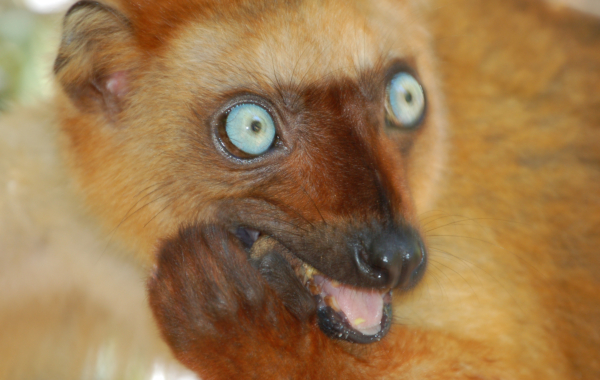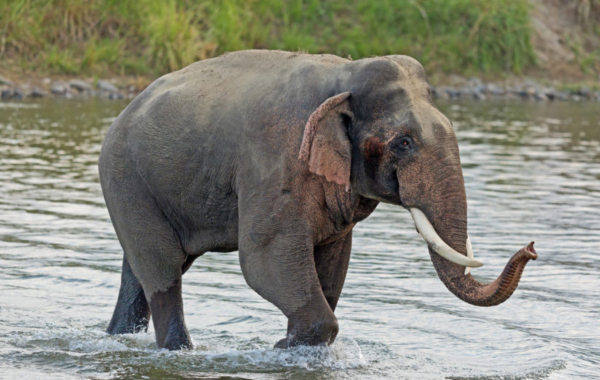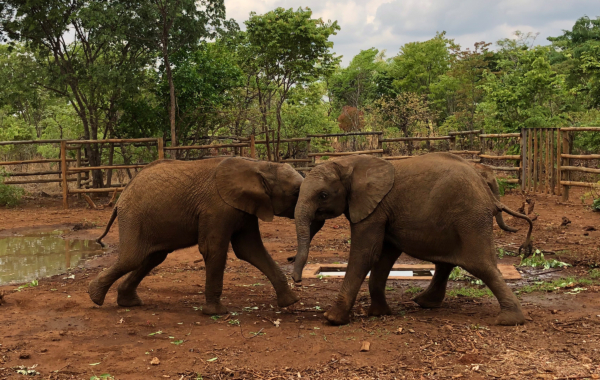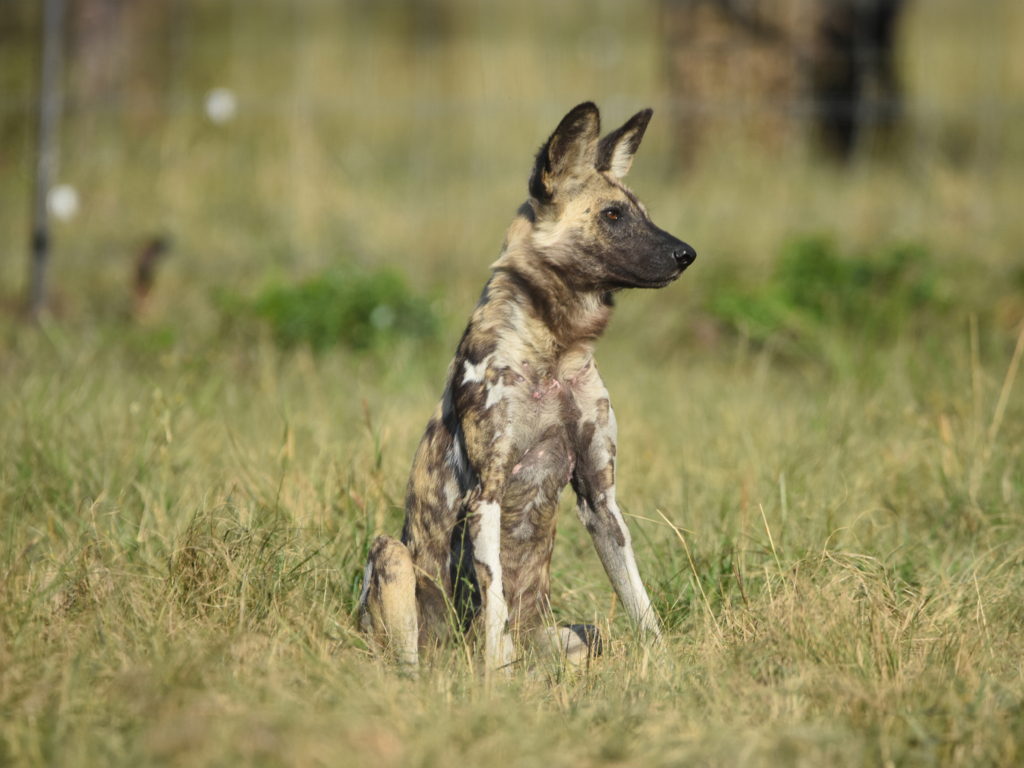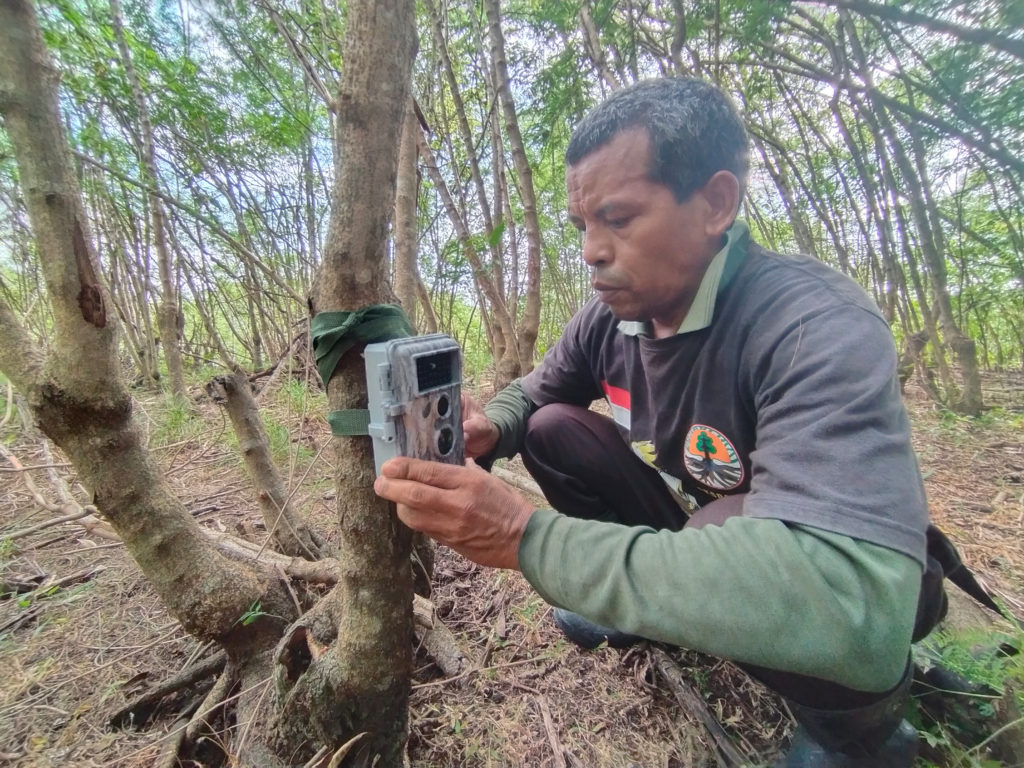
Supporting since 2005
Location
Indonesian Islands
Support started
2005
Species
Komodo Dragon
Mission
To provide sound information on wildlife biology to help devise management and conservation plans for the Komodo dragon and its natural habitat and to develop local expertise for improving general knowledge on the biology of this endangered species.
Donations:
Annual donations made towards the main components of the project.
2025:
Pending application.
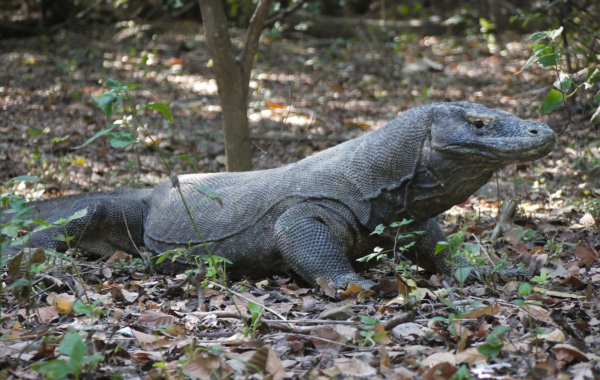
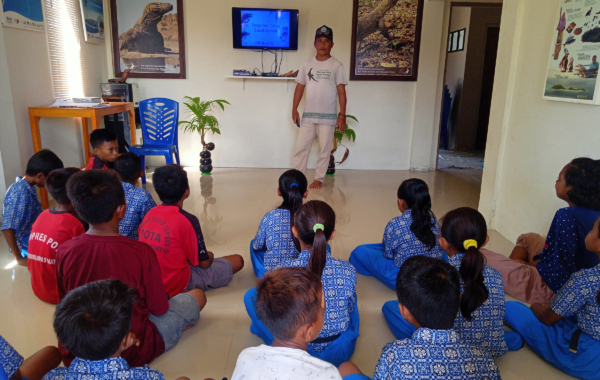
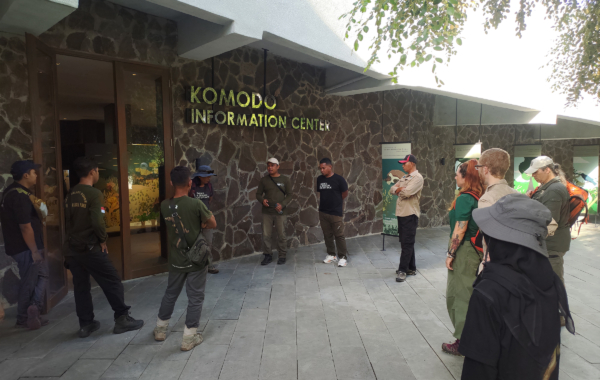
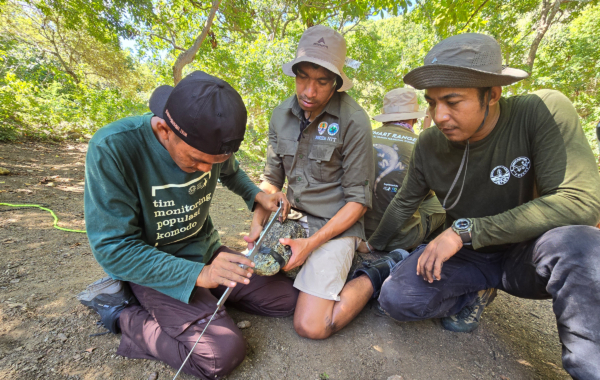
Background
The Komodo dragon is the largest lizard endemic to five islands in southeast Indonesia. The islands of Komodo, Rinca, Nusa Kode and Gili Motang are part of Komodo National Park. On Flores, the fifth and largest island, three nature reserves, Wae Wuul, Wolo Tado and Riung, harbour extant Komodo dragon populations on the west and north coast. There is a vital need for an island based conservation strategy for managing the Komodo dragon population in its current distribution areas; Flores and the adjacent islands within the boundary of Komodo National Park.
Training of staff in wildlife monitoring techniques is an essential part of this project. This data helps to produce estimates of Komodo dragon and ungulate population size and density. To collect data on Komodo dragons, staff are trained on how to use baited aluminium cages for trapping them, marking them with microchips and on the collection of blood samples. The project also uses camera traps for monitoring, and is using them as an alternative to live caging for Komodo dragons. Collection of this data gives a deeper understanding into the current population size, survival rates and age structure of Komodo dragons on the islands.
Patrolling activities represent an important component of the Komodo dragon conservation programme. Patrolling is conducted to monitor and control arson in the savannah and grassland, control the occurrence of feral dogs, wood harvesting and halt illegal hunting of deer.
Achievements and Objectives
The Komodo Survival Program (KSP) aims to protect and monitor Komodo dragons and their habitat with the involvement of the local community.
In 2024, Colchester Zoological Society gave a contribution of £1290.43 to support this project.
In the first quarter of 2024, the Komodo Survival Program (KSP) team conducted community awareness meetings in the three hamlets in Sambinasi Village, North Flores. Each meeting attended by the chief of the village, local leaders of the Baar tribes and other local community members, aimed to disseminate the results of a previous social study in the Barr tribe regions. Over the past three years, the Komodo Survival Program has helped the Baar tribe conduct research and compile information on the traditional folklore and ecological wisdom of Baar tribe in protecting their customary land, the Torong Padang peninsula. Torong Padang is one of the important ecological corridors and harbours a Komodo dragon populations in North Flores.
Also in the first quarter of 2024, following up on an annual work plan meeting, the Komodo Survival Program team conducted a workshop on data analysis to tabulate data collected in 2023 from camera traps, converting the images into presence and absence data, and then analysing the data to estimate the Komodo dragon’s site occupancy at all monitoring sites on Flores.
In the second quarter of 2024, the Komodo Survival Program (KSP) and Komodo National Park (KNP) hosted an intensive workshop focused on handling Komodo dragons and mitigating human-wildlife conflicts using Rinca Island’s abundant Komodo dragon population. During the workshop, participants learned safe techniques for handling and measuring Komodo dragons, tagged newly captured animals, and shared strategies for resolving human-Komodo conflicts.
One of the objectives of research and monitoring activities is to obtain accurate information regarding Komodo monitor lizards, prey animals and their habitats, the results of which are useful for scientific and management purposes by the authorities. In addition, the research findings are also useful as educational material for visitors to Komodo National Park (KNP). The Komodo National Park authority together with the Komodo Survival Program conducted training activities for Naturalist Guides who work at Loh Buaya, Rinca Island. This aims to increase the capacity of guides so that the guides’ knowledge regarding Komodo ecology can be conveyed to visitors.
In the third quarter of 2024, the Komodo Survival Program (KSP) conducted camera trapping sessions in the Wae Wuul Nature Reserve (on the west coast of Flores), on the island of Longos (northwestern coast of Flores), and around Tanjung Karita Mese in Nanga Bere Village. The Wae Wuul Reserve serves as both a buffer zone to Komodo National Park and a geographical divide between the populated area of Labuan Bajo and the dry deciduous monsoon forest of southwest Flores. A total of 18 out of 26 camera traps recorded the presence of Komodo dragons.
The Komodo Survival Program (KSP) also conducted meetings and community awareness programs at Nanga Bere Village. The meeting was attended by 40 representatives from four hamlets with the purpose of informing the community that there are protected animals in their area and to encourage them to always preserve the Komodo dragon habitat.
In this quarter, apart from the community awareness program for adults, two educational programs for school children were also carried out at Mujahidin Elementary School in Nanga Bere Village and SDN Kampung Baru on Longos Island. A total of 19 and 18 students, respectively, participated in these educational programmes, which involved four teachers at each school. The lectures were conducted by presenting information about the ecology of the Komodo dragon, reading stories about its natural history, and screening video animations depicting interactions between Komodo dragons and humans. Additionally, a video documentary on the ecology of the Komodo dragon was showcased.
Following a similar work plan, in the fourth quarter of 2024, the team monitored the Komodo dragon population at Riung and Pota, North Flores, conducted further education and community awareness programmes at Golomori village and a workshop on data interpretation and scientific report writing.

